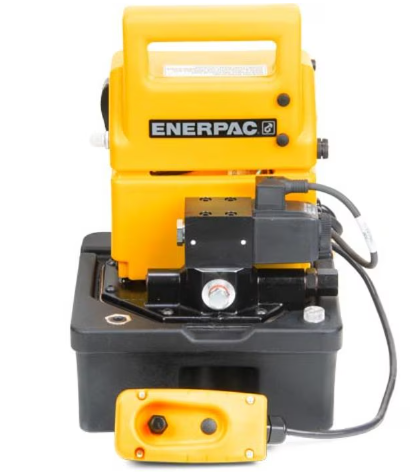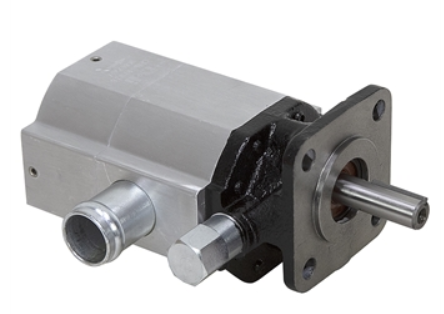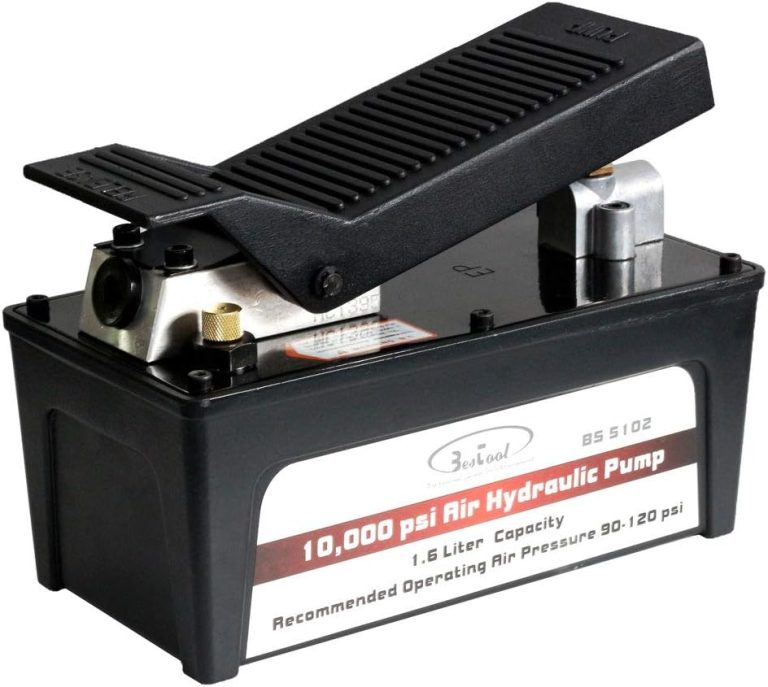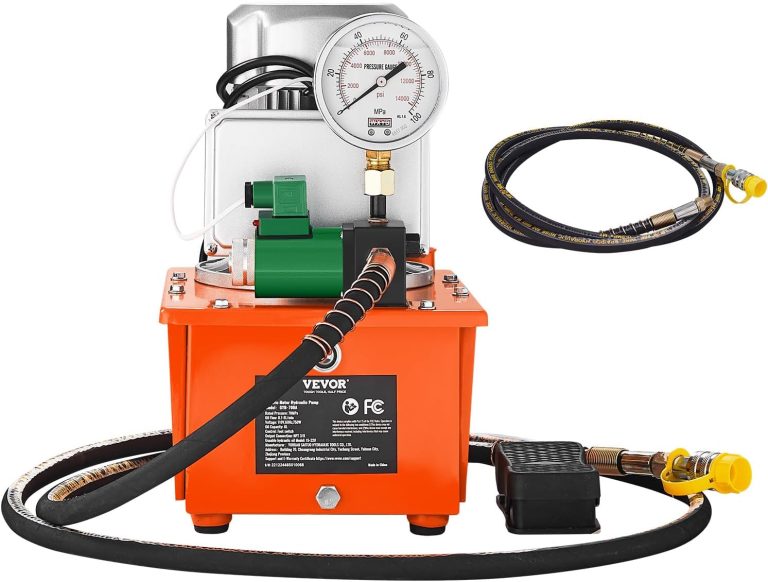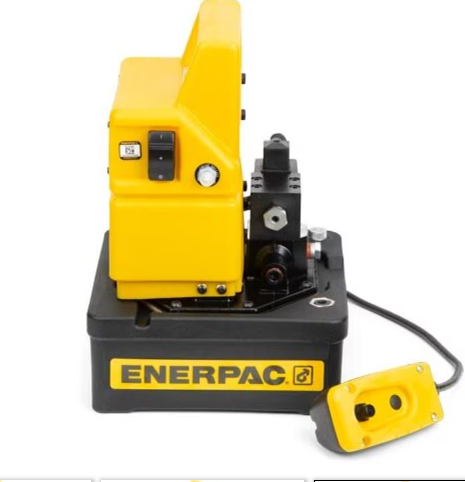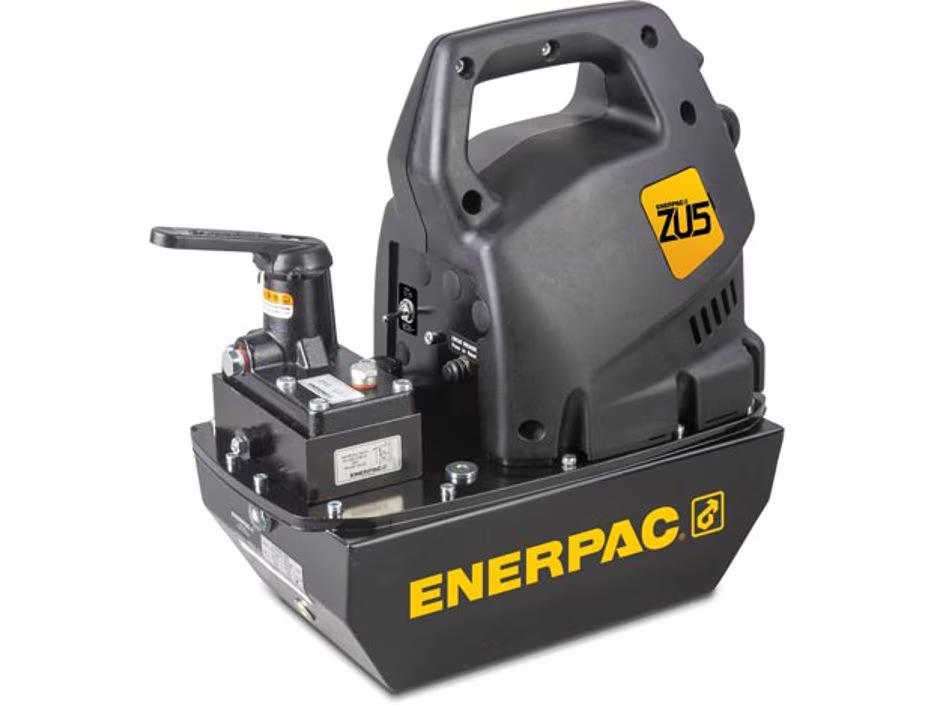How does a hydraulic pump work simple?
During rotation, as the space or chamber enclosed by vanes, rotor, and housing increases, a vacuum is created, and atmospheric pressure forces oil into this space, which is the inlet side of the pump. As the space or volume enclosed reduces, the liquid is forced out through the discharge ports

What is difference between 10000 psi hydraulic pump and 10 gpm hydraulic pump
When evaluating hydraulic pumps, understanding the difference between a 10,000 PSI hydraulic pump and a 10 GPM hydraulic pump is critical to choosing the right unit for your needs.
Pressure and Flow: The main difference is the measurement range of each size. 10,000 PSI hydraulic pumps have a maximum working pressure of 10,000 pounds per square inch. This high-pressure capability is ideal for applications that require tremendous force and pressure, such as heavy machinery and industrial equipment. On the other hand, 10 GPM (gallons per minute) hydraulic pumps measure the flow rate of hydraulic fluid and indicate the amount of fluid the pump can deliver per minute. 10 GPM pumps are typically used in systems where a moderate flow rate is sufficient to power a variety of hydraulic functions.
Application Suitability: High-pressure pumps (10,000 PSI) are suitable for tasks that require a lot of power and are typically used in high-pressure hydraulic systems. In contrast, 10 GPM pumps are more focused on fluid transfer and are suitable for applications that prioritise flow over pressure.
In summary, 10,000 PSI pumps emphasise the ability to generate high pressure, while 10 GPM pumps focus on delivering a specific flow rate. Choosing between the two depends on whether you prioritise high pressure or sufficient flow to meet the needs of your hydraulic system.
